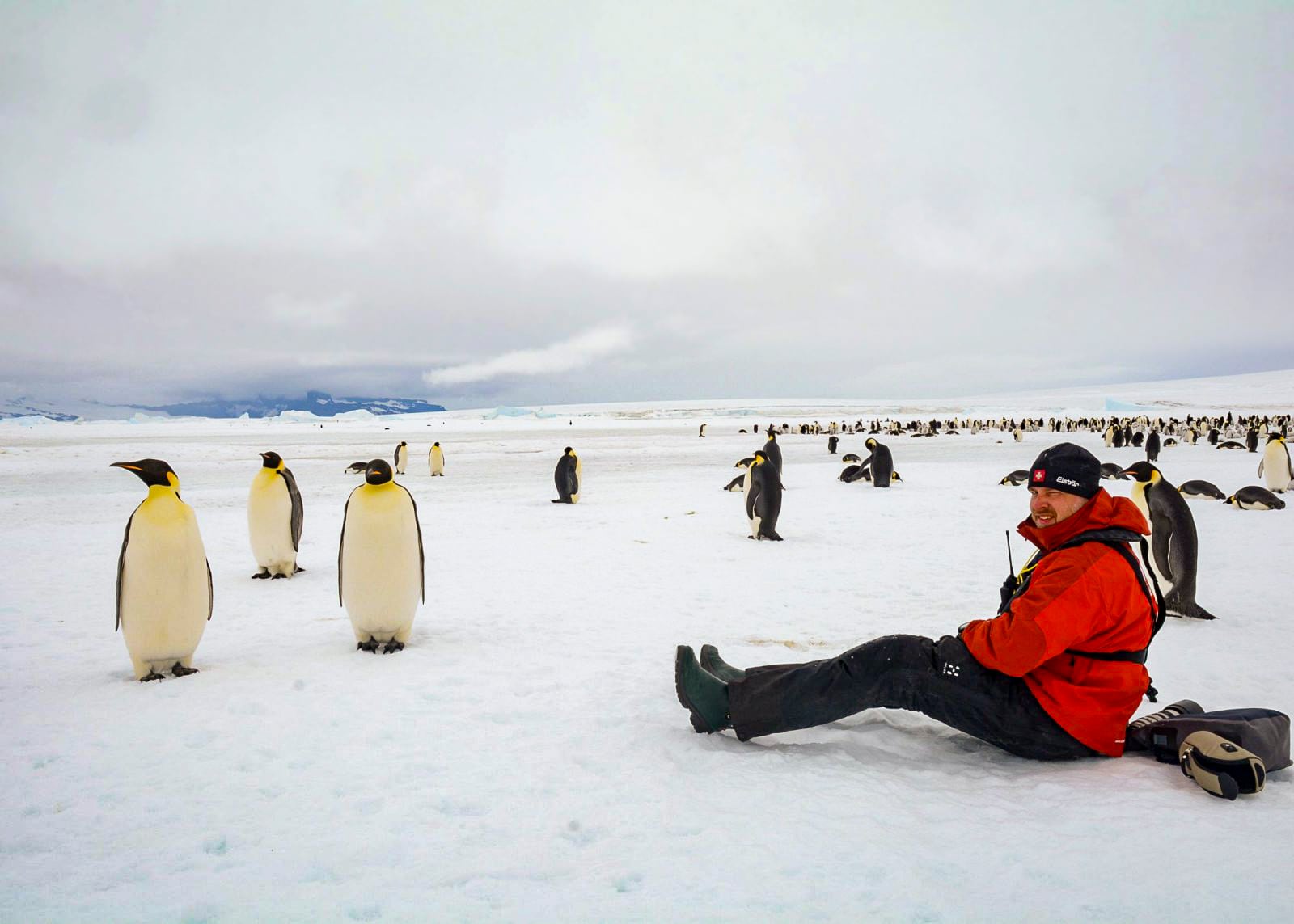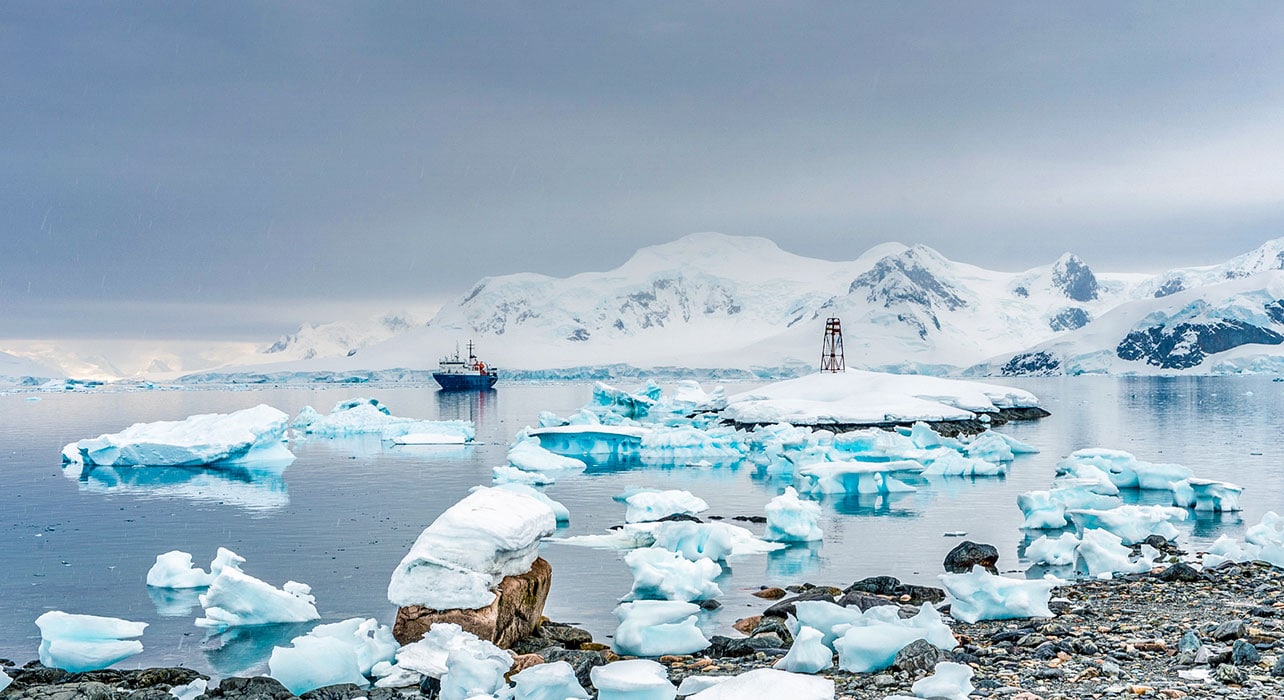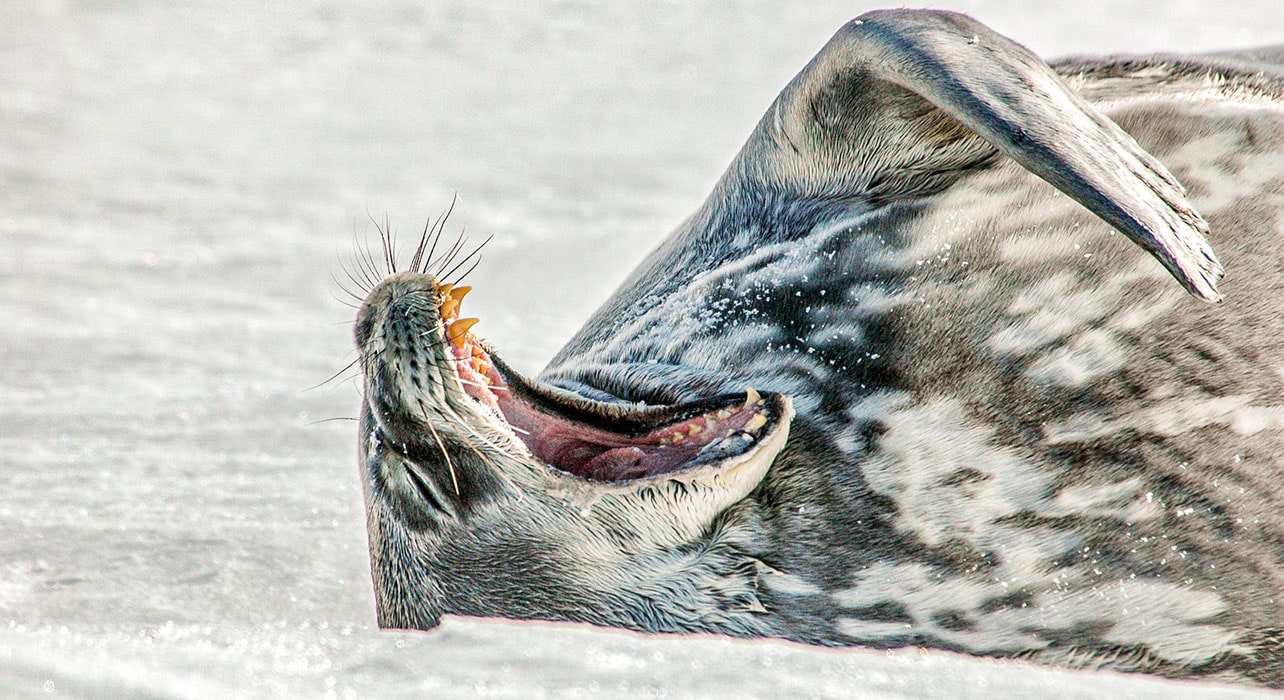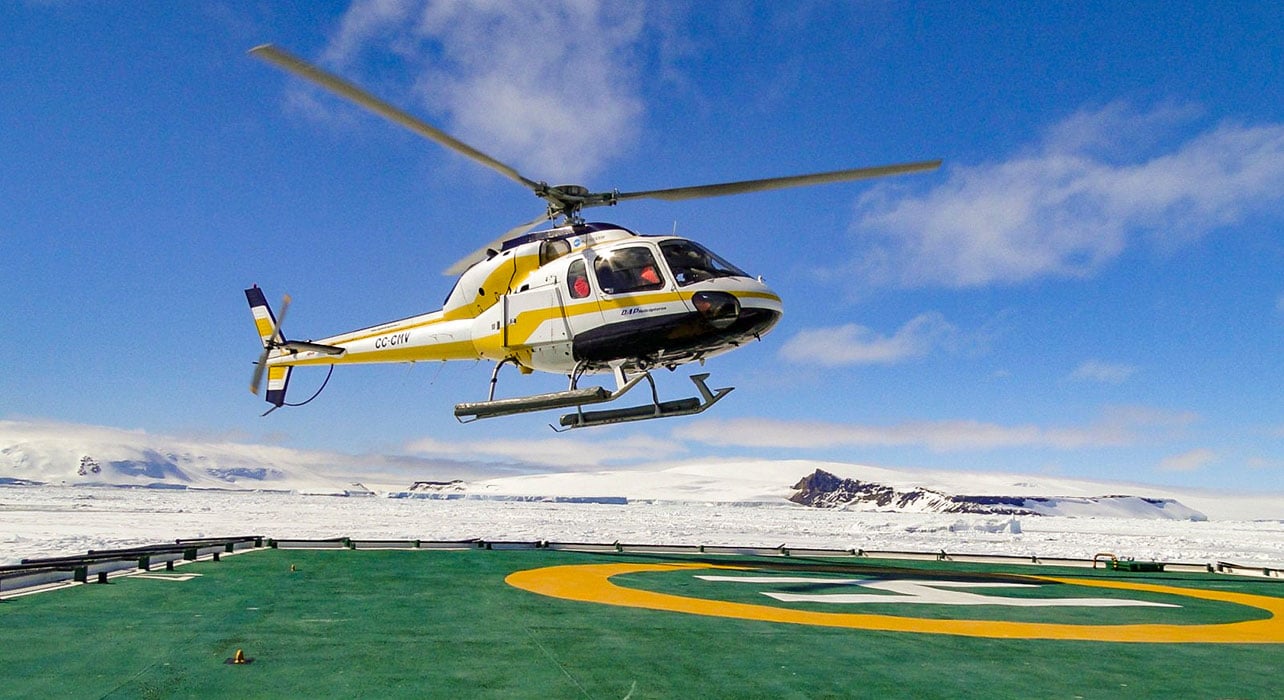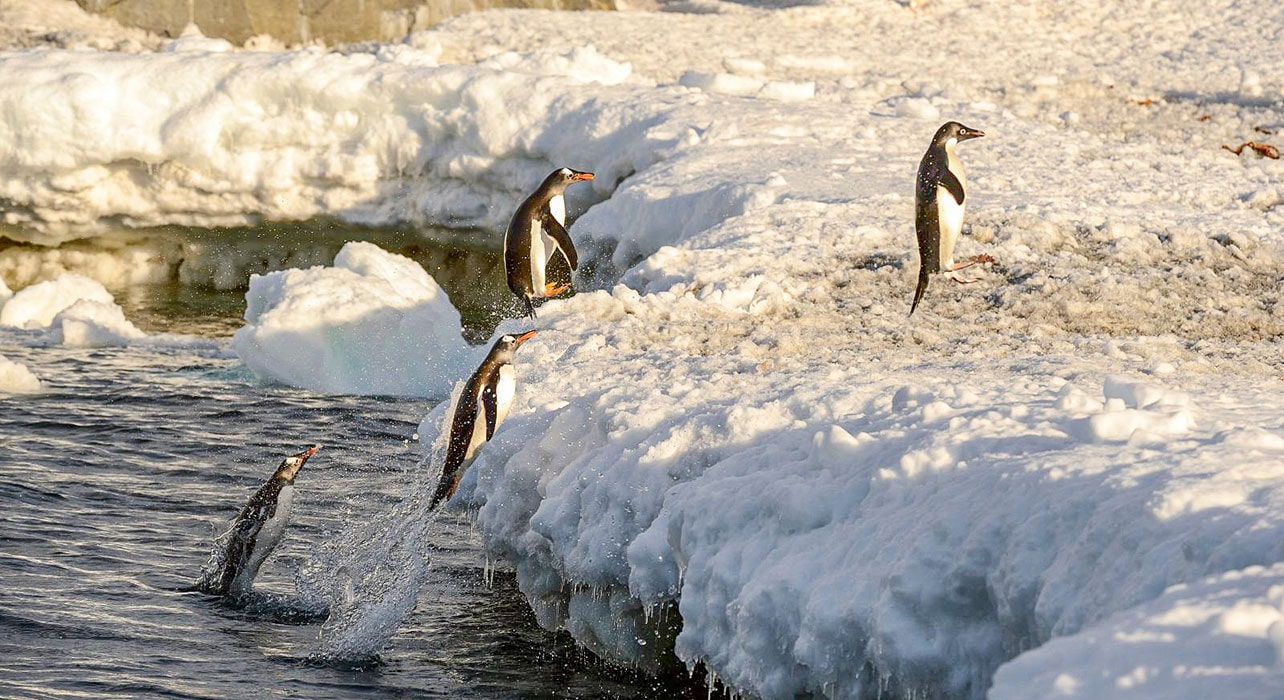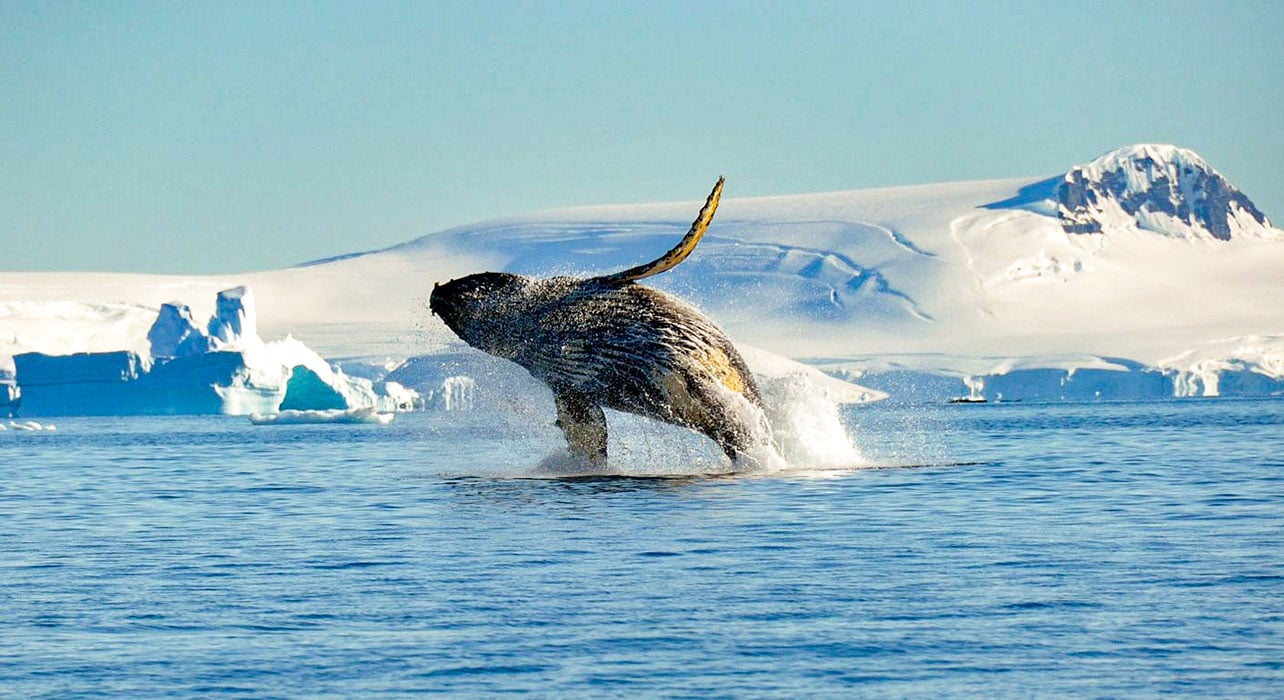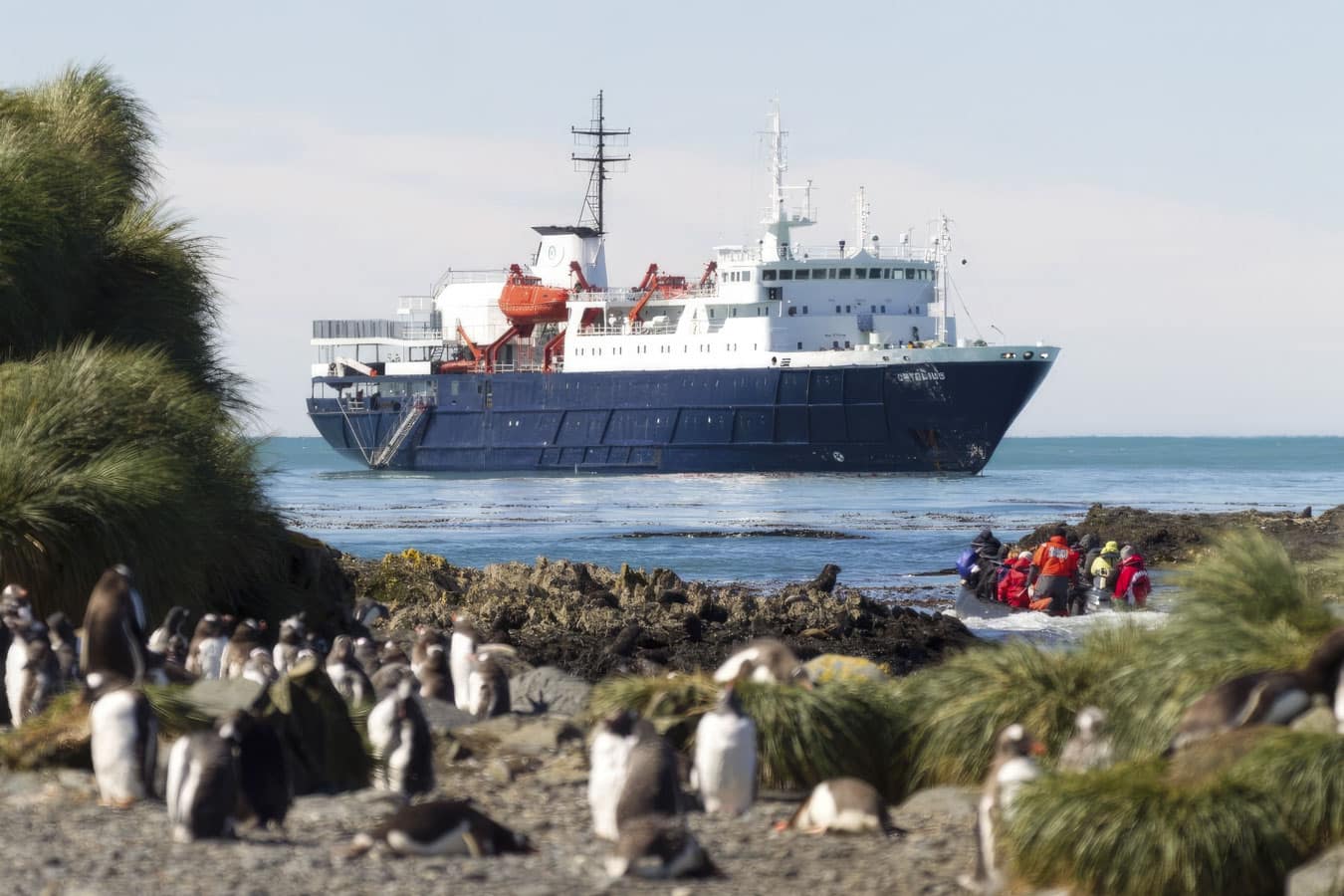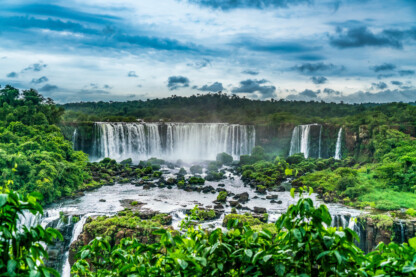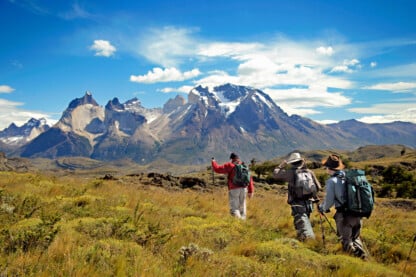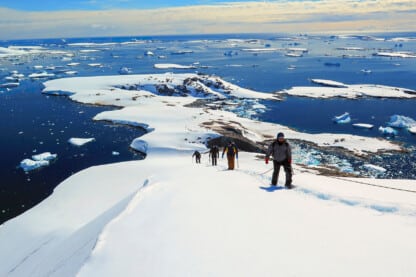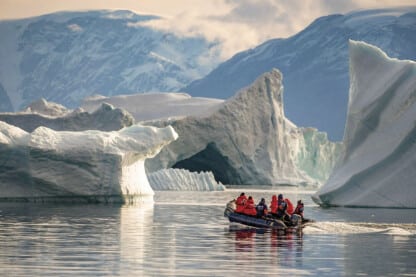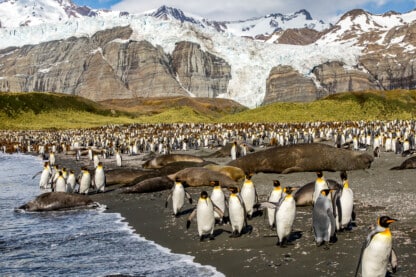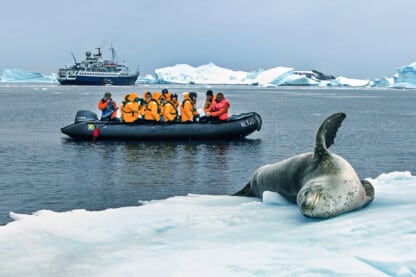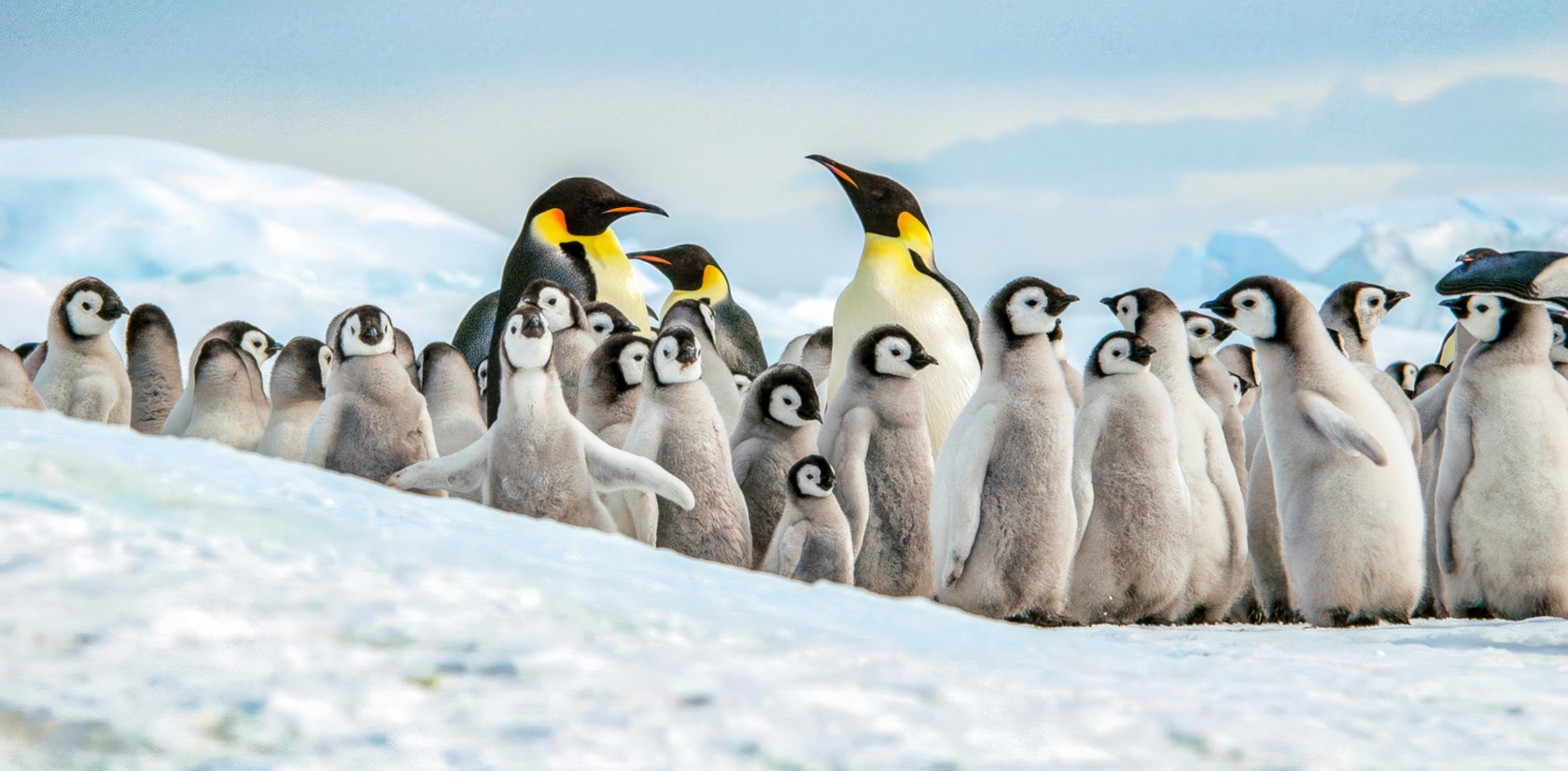
Antarctic Peninsula and Snow Hill Island aboard the Ortelius
Weddell Sea: In Search of Emperor Penguins
Overview
This is one of the most spectacular Antarctic adventures ever! Deep in Antarctica's Weddell Sea is Snow Hill Island, home to a breeding colony of some 4,000 pairs of emperor penguins, the largest and most colorful penguins on the planet. Weather permitting, shipboard helicopters whisk us above the frozen sea to a base camp from where we head off on foot for fascinating encounters with these incredible creatures.
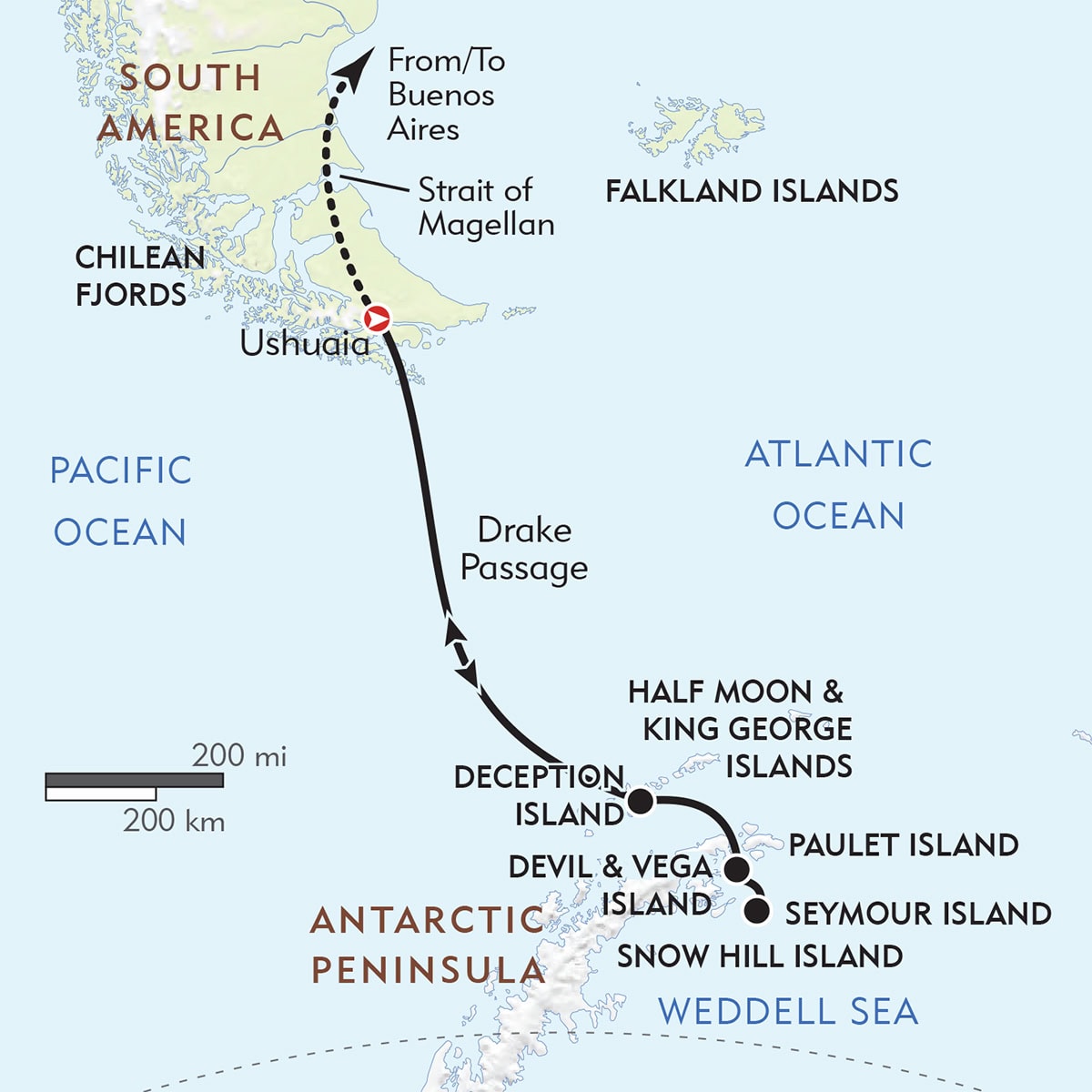

Arrive: Ushuaia, Argentina
Depart: Ushuaia, Argentina
Highlights
- Encounter the emperor penguins of Snow Hill Island
- Sail into the Weddell Sea, with the possibility of seeing its huge tabular icebergs
- Cruise the South Shetlands, including Half Moon and Deception islands
- If conditions permit, visit emperor penguin colonies by helicopter and Zodiac
Itinerary
Note: This trip is not exclusive to, nor operated by, Wilderness Travel, who acts solely as an agent in booking your reservation with the operator. Please download the Rate Sheet in the Dates & Pricing section to see the full pricing details and contact our Cruise Collection Specialists to check availability.
Helicopter flights are a true trip changer, and may include:
The west slopes of the Antarctic Sound. The western side of this area is only rarely seen from the air, though the landscape is truly worth the flight: Layered sandstones, lava flows, glaciers, icebergs, and pack ice extend as far as the eye can see. There are often individual emperor penguins and Adélie penguins on the ice floes, as well as kelp gulls, skuas, and various breeds of petrel. Jagged mountain peaks stab through the snow, and enormous walls of ice lie shattered on the slopes below.
Duse Bay: A soaring helicopter flight may deposit you on a rocky hillock close to an old refuge hut overlooking this bay. There’s still a lot of snow and ice this time of year, but much of the walk in this location is over frost-shattered rock covered with lichen of all shapes and colors.
Seymour Island: This is where the Swedish Antarctic Expedition of 1901—4 wintered under harrowing polar conditions. Sedimentary rock, fossils, and expansive views define this location.
If conditions allow for deeper ventures into the Weddell Sea, Zodiac trips may include:
Devil Island: Home to a large colony of Adélie penguins, this island offers a magnificent vantage point for hikers willing to foot it to the top of the hill. Melting ice sometimes forms a waterfall dropping from the cliffs close to Cape Well-met.
Brown Bluff: Maybe the most scenic location in the entire northern tip of the Antarctic Continent: sheer canyon walls, fallen boulders, beautiful volcanic creations capped with ice. A large Adélie penguin rookery lives here, with gentoo penguins and nesting snow petrels also to be found.
Gourdin Island: Chinstrap, gentoo, and Adélie penguins love this island, which is yet another landing option for your continuing Antarctic adventure.
Esperanza Base: This Argentine research station, which operates year-round and is one of only two civilian settlements in Antarctica, could serve as an alternative landing site.
Accommodations
Scroll through our signature accommodations for this trip below. Although it is highly unlikely, we may make substitutions when necessary.
What the Trip is Like
The trip is rated Level 1+, Easy. You will be travelling to a very remote destination. You must be able to complete on board safety drills and emergency evacuation procedures without the assistance of others. Rolling seas and windy conditions require you to be stable on your feet, especially when walking on slippery decks or up and down steep gangways.
Departure may vary depending on ice, weather, and wildlife conditions. Landings are subject to site availability, permissions, and environmental concerns per IAATO regulations. Official sailing plans and landing slots are scheduled with IAATO prior to the start of the season, but the Captain and Expedition Leader determines the final plan. Flexibility is paramount for this expedition cruises. The average cruising speed of the vessel is 10.5 knots. If ice conditions are favorable and the route to Snow Hill Island is free of multi-year pack ice, you have the chance for ship-to shore helicopter transfers to Snow Hill Island (roughly 45 minutes walking distance from the emperor penguin rookery). If successful, this is a once-in a lifetime experience. But please remember that nature writes the final itinerary out here.
In order to reach the Snow Hill Emperor Penguin rookery, participants must be able board a helicopter and and walk 45-60 minutes unassisted in snow to reach the penguin rookery and must be able to carry any gear you choose to bring with you (camera equipment, water, extra layers of clothing, etc.).
Shore excursions often require hiking over uneven terrain without the benefit of a developed trail. Some agility is required for getting in and out of the Zodiac landing crafts. While several Zodiac landings are dry, many will require that you step in the water to get ashore. Zodiac and shore excursions are weather permitting.
Other Trips You Might Like
Browse All TripsBook your trip today
Our Area Specialists know every detail about our tours. They will be happy to answer any questions and help you choose the journey that’s right for you. Contact us to learn more or book your trip today!
Itinerary
Submit the form below to download itinerary
Trip Levels
With more than 200 different adventures to choose from, we want to help you find the trip that’s right for you. Our Trip Level system ranks each trip in two ways: a number rating from 1 to 6 according to the activity, and general travel rigors. 1 is the easiest and 6+ the most difficult—see descriptions below for explanations of each number. A plus (+) sign means the trip is a bit more strenuous than other trips of that level. The detailed explanation of each trip—below the bar with the number rating—is perhaps more important, specifying activities, altitudes, hiking, and travel conditions. The Detailed Itinerary, available by download or mail, gives further information. Our Area Managers can also answer questions and guide you to the trip that best suits your interests.
Level 1 – Easiest
Non-camping journeys, optional walks, little elevation gain or loss.
Level 2 – Easy to Moderate
Hotel nights and/or safari-style camping, hikes of two to four hours on some days. Other physical activities are sometimes included, such as optional sea kayaking.
Level 3 – Moderate
Half- to full-day hikes (3-6 hours) over rolling countryside on most days, occasional steep trails. Many of our hotel-based walking tours are in this category, as are our snorkeling adventures.
- Tuscany & the Cinque Terre
- Argentina: Hikes and Estancias of Patagonia
- Palau Snorkeling & Sea Kayaking
- Some trips with minimal hiking but rugged travel conditions or long drives, such as Tribal Ghana, Togo & Benin, are Trip Level 3.
Level 4 – Moderate to Strenuous
Full-day hikes (4-6 hours), mountainous terrain, significant elevation gains and losses (hiking up or down as much as 3,000 feet) on many days. Altitudes no greater than about 10,000 feet.
Level 5 – Strenuous
Full-day hikes (4-8 hours), mountainous, steep terrain (hiking up or down as much as 3,500 feet) on many days. Trips with hiking at average altitudes of 10,000 to 12,000 feet are in this category.
Level 6 – Very Strenuous
Full-day hikes (5-8 hours), mountainous, steep terrain (hiking up or down as much as 3,500 feet) on many days. Most hikes take place at altitudes above 10,000 feet, with some days ascending as high as 18,000 feet.


